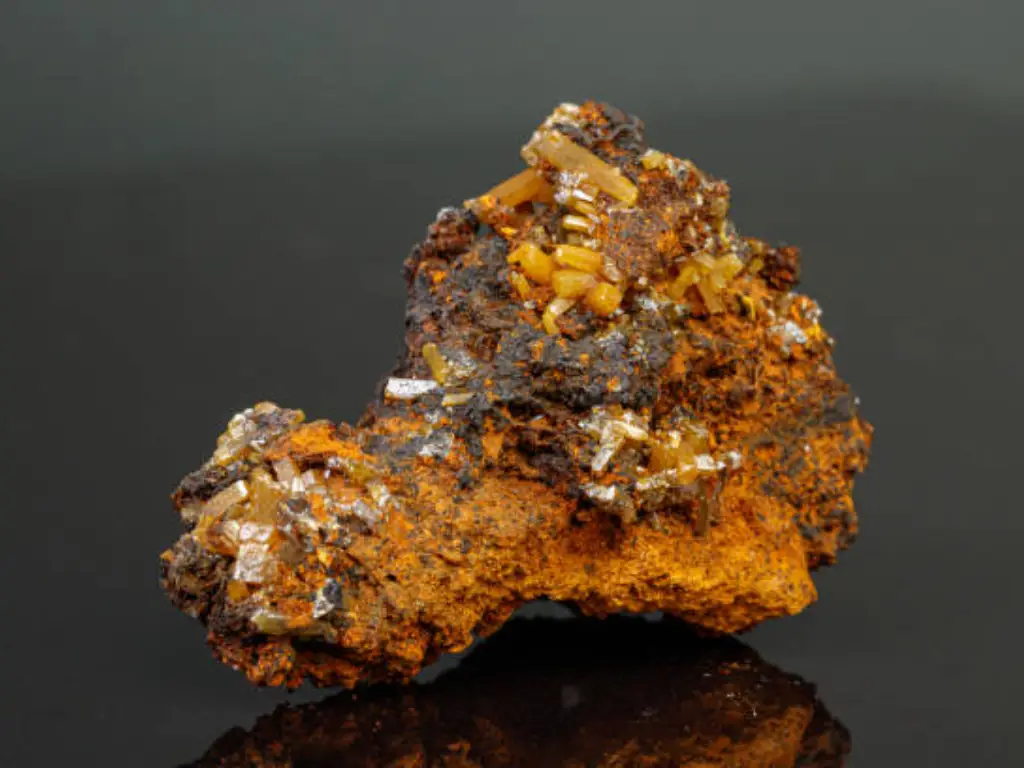Embarking on a gold mining journey begins with one crucial skill – confidently identifying real gold ore in the field. This essential ability can mean the difference between a fruitless search and a successful, rewarding venture. Gold ore is often hidden in plain sight, blended with other minerals and rock types, so knowing how to distinguish it from common look-alikes such as pyrite fool’s gold or mica is key. Real gold has a distinct metallic luster and a rich, yellow hue that doesn’t tarnish. It also maintains its color in both light and shadow, unlike pyrite, which may appear more silvery or change color depending on lighting. When scratched against unglazed porcelain, real gold will leave a yellow streak, while pyrite leaves a black or greenish one. Texture and weight offer additional clues. Gold is heavy, soft, and malleable if you can dent a suspected nugget with a knife or hammer and it doesn’t shatter, it might be gold. Unlike many other minerals, gold tends to occur alongside quartz veins and oxidized rocks in places where hot fluids from underground once flowed.

Understanding how to identify gold ore starts with studying the geological environment. Study maps and reports to locate historical gold-producing regions, and observe the terrain for signs of quartz outcrops or iron-stained rocks. Oxidized zones with reddish-brown soils and exposed quartz veins can be excellent indicators of potential gold-bearing ore nearby. Field tests can further boost your confidence. A reliable magnet test can help rule out magnetic minerals. Crushing small samples and panning them in water helps reveal fine gold particles if present. If gold remains in the pan while lighter materials wash away, that is a strong sign you are on the right track. Portable metal detectors can also help you quickly scan areas for metallic presence, especially useful for surface nuggets or rich veins. For serious prospectors, confidence comes not only from knowing the visual and physical clues but also from verifying your finds.
Bring suspected samples to a local assay lab or geologist for a proper analysis. With every test, your understanding of gold ore characteristics deepens, strengthening your ability to make smart decisions in the field. Consider starting small by exploring old mining tailings, riverbeds, or hobbyist-allowed public lands where gold has been found before. Launching your mining journey with strong identification skills provides a solid foundation for success. You avoid wasting time on barren rocks and instead focus on high-probability areas. Equipping yourself with reliable tools from JXSC can further support your efforts, offering precision and durability that help streamline early prospecting work. As your experience grows, so does your instinct for spotting promising sites. From rugged mountain slopes to creek beds shimmering with fine sediment, opportunities await those who are prepared. With patience, observation, and the right knowledge, you can confidently identify gold ore and take your first steps toward uncovering nature’s most prized metal.
